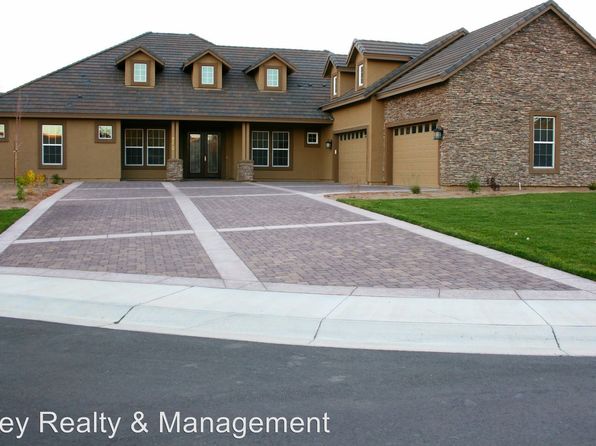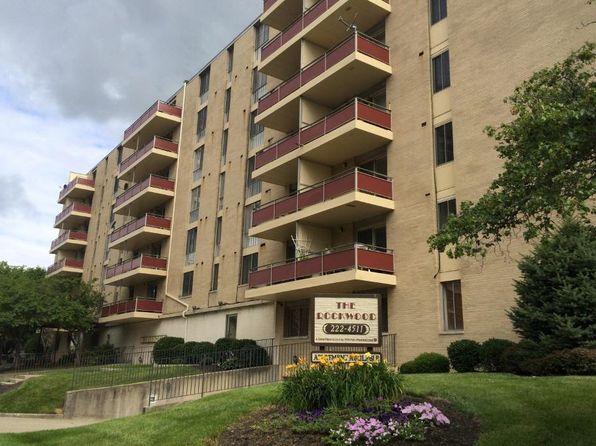
Nelson explains that apartment buildings developed “distinctive physical and social characteristics related to the rise of new construction techniques, design trends and multi-unit social housing.” Early industrializing nations like France and Britain greatly impacted future apartment design. Migration into cities led to the development of new types of apartment architecture. Apartments rapidly evolved during the era of industrialization. Apartment living has been part of urban life since the time of the Romans, according to Anitra Nelson in her book, Small is Necessary. Apartment-style accommodations were one solution. Without access to mass transportation, many people needed to live near where they worked. Urbanization led to the growth of living spaces in cities. Eubanks’ grandmother characterizes the dynamic which drove the evolution of apartment living in the first place. Apartments at the Arcade were more in demand during the 1930s and the new owner wanted to maximize profits. That caused his grandmother to move down from the fifth to the fourth floor where the room was much smaller, but not as small as the new owner had planned to make her old apartment. The apartment “overlooked the dome and she had two bedrooms, a dining room, a living room, a bath and a kitchen up there.” The owner at the time had wanted to make the apartment she occupied smaller, Gary explained. Eubank, described some of the features of the apartment his grandmother had rented in the 1930s. Noll lived at the Arcade for nearly thirty years and into the 1960s. “When I moved in, there was a livery stable down there dividing the alley, and there were horses and carriages for rent.” Mrs. She later recalled that the complex retained much of its early twentieth-century ambiance. Another resident of these early days was Mrs. Well known in Dayton as the proprietor and operator of Zwick’s Flower Shop, Zwick occupied one of the apartments on the upper floors of the main rotunda building. In 1937, the Daytonian Ethel Zwick lived at the Dayton Arcade. Įarly History of Apartment Living at the Arcade Some, if not all, of these apartments even had built-in China cabinets. The rooms shown here were in all likelihood were part of the eight-room suites that were on this floor.
DAYTON DAILY NEWS HOMES FOR RENT WINDOWS
These arched windows were exclusive to only the fourth floor and even then, not all the apartments on that floor featured them. One of the signature features for the apartments on the upper floors were this type of arched window. The more luxurious, multi-bedroom apartments were located in the Fourth Street building. For example, the photo above showcases an apartment located in the Fourth Street building. There were some differences in the styles of apartments based on location in the complex. There were small, single-occupant residencies in which the tenants shared bathrooms in the Gibbons and Third Street complexes. This can be seen in the 1918 Sanborn map seen above. At the outset, they were located on the upper floors of the Gibbon’s Arcade entrance on Third Street or the Fourth and Ludlow Street entrance. The physical characteristics of the apartments also changed over time.


In the 1950s, an extra floor was added to match that of the Gibbons building which still had some commercial use on the second floor.

Throughout its history, the apartments in the Third Street building were in high demand because people had easier access to the Arcade. When this took place, more people were able to move into the Third Street building compared to the Gibbons building. As time passed, the management of the Third Street building shifted away from commercial businesses on the second floor and increased the residencies. The Gibbons building had an extra fifth floor of residential apartments. The third and fourth floors of both buildings were strictly residential. The Gibbons and Third Street buildings both had their residential sections starting on the second floor where they were mixed with some stores. When the Arcade first opened in 1904, three main buildings held apartments: the Gibbons Arcade, the Third Street Arcade, and the Fourth Street Arcade.


 0 kommentar(er)
0 kommentar(er)
